
Photo by Strange Happenings on Pexel.com
Since the early days of human beings, social connections (like traveling together) proved to be vital for their survival. With the development of their basic communication skills, early humans realized that each individual had a different set of skills and strengths that they bring to the group. Giving responsibilities to each of these special individuals was necessary for survival which allowed the entire group to thrive. Sharing their knowledge and understanding about the world meant one can have the same mind as others and learn from their ideas. Cooperative work was possible; therefore, more connection to one another, resulting in a safe, cohesive, and expandable society. These social patterns of relating to each other, and the way they live as a group become what we call society. Society is simply defined as a group of people living together.

Photo by Krizjohn Rosales on Pexels.com
We as individuals have moral responsibilities toward the society that we live in! Not just in the context of our relationships with our friends, neighbors, co-workers, and family members, but also in the context of our collective moral responsibility. As a part of society, we are obliged to hold a certain moral standard to stop widespread harm and wrongdoing. In modern society, we have unlimited access to information, news, and happenings around the globe. Because of this globalization, I feel that we have an even greater responsibility to be the voice of the voiceless.

Photo by Polina Kovaleva on Pexels.com
Throughout history, we see a vast number of events and revolutions that stood to change the social climate in an attempt to promote equality and combat oppression. Many felt that their responsibility was to fight in battles; Omar al-Mukhtar, for example, was a religious scholar who transformed into a resistance leader in Libya. He was fighting against the brutal Italian colonization. Although he did not win the war, he became a symbol of bravery known as ‘the lion of the desert‘. Some took alternative paths; Emily Murphy fought a legal battle for women’s rights in Canada in which she repeals discrimination against women. The end result was that women were legally declared as a person, and the pronoun was transformed from “it” to “she”. Songs were also composed; a famous example is ‘Bella ciao‘ which translates to ‘Goodbye beautiful’. It is a folk song which was originated to protest against the harsh working conditions in Italy. Novels were also written to send many messages. Uncle Tom’s Cabin, which was written by Harriet Beecher Stowe in 1852, was famous for standing up against slavery. leksandr Isayevich Solzhenitsyn is a Russian author who dedicated his pen against soviet communism. All of these examples and many more felt their responsibility to initiate transformation within their societies and had the courage to do so. Words were tools to convey powerful ideas and beliefs; Authors were able to use their writing to shape society. Many risked their lives and freedom to do so.
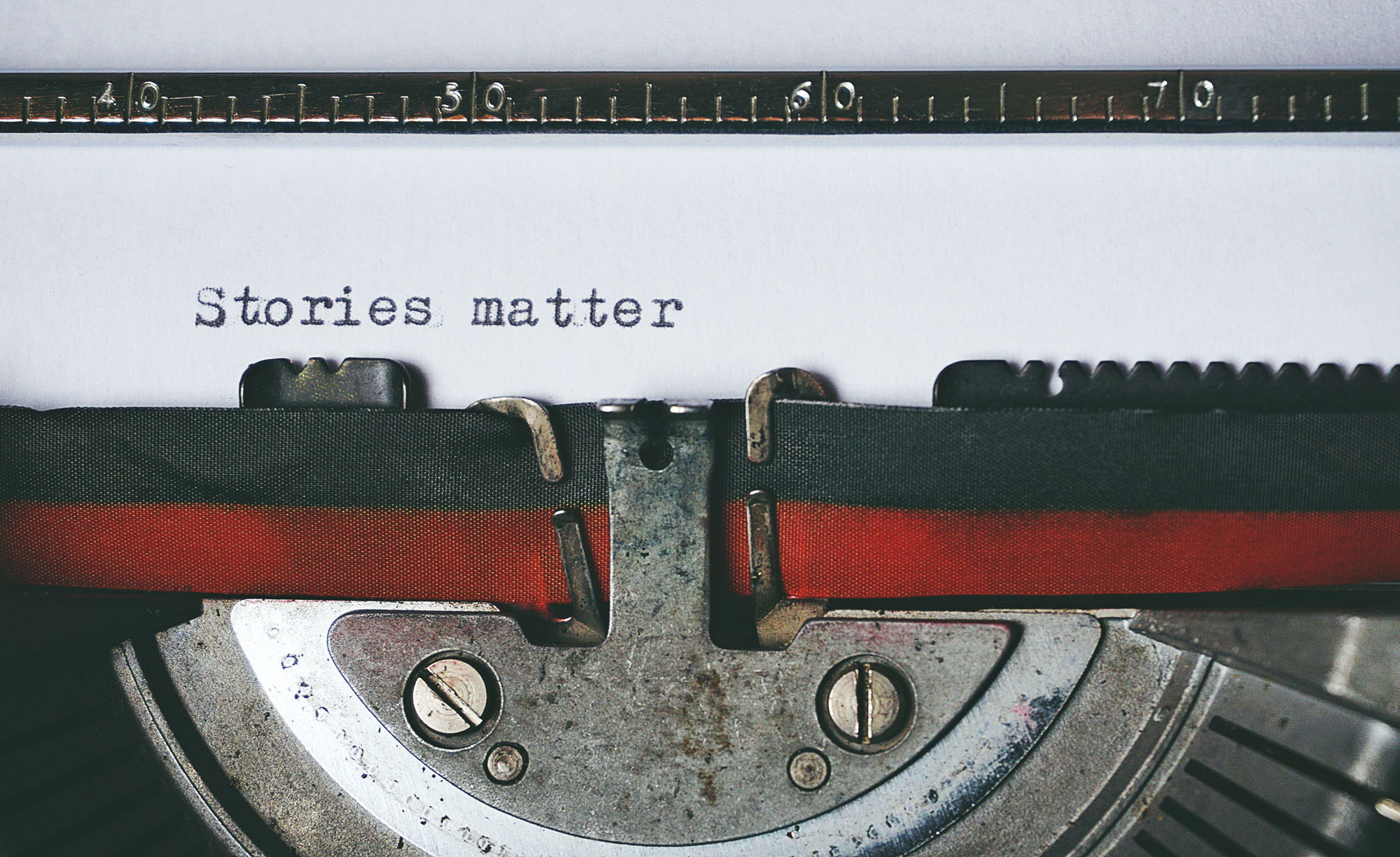
Photo by Suzy Hazelwood on Pexels.com
Designers throughout history used their medium to contribute into many social movements too. Poster one is an example of the Anti-Slavery campaigns that were published between 1788 and 1865. The poster carries a diagram of the slave ship, “The Brookes”. The poster was designed to bring awareness to the issue of the cramped and poor conditions that slaves went through! Poster two was designed by Hilda Dallas in a call for voting equality. Her poster successfully contributed to shifting public opinion in favor of women’s right to vote. The third poster is a call to stop forced sterilization, which was targeting women of color and the disabled. There are countless examples of poster designs that have been used to reform societies and this blog won’t be big enough to include them all. It is also important to know that design is dangerous in the hands of those who wish to use us, “the public”. Such designs could be used to sway public voices and movement in the wrong direction. As an example of that danger, is the use of propaganda in war. It was mainly aimed to dehumanize the opponent. This showed in the Nazi’s designs to dehumanize Jews (Poster Four) which created tolerance of violence against Jews within their society at that time.
Poster one `The Brookes`
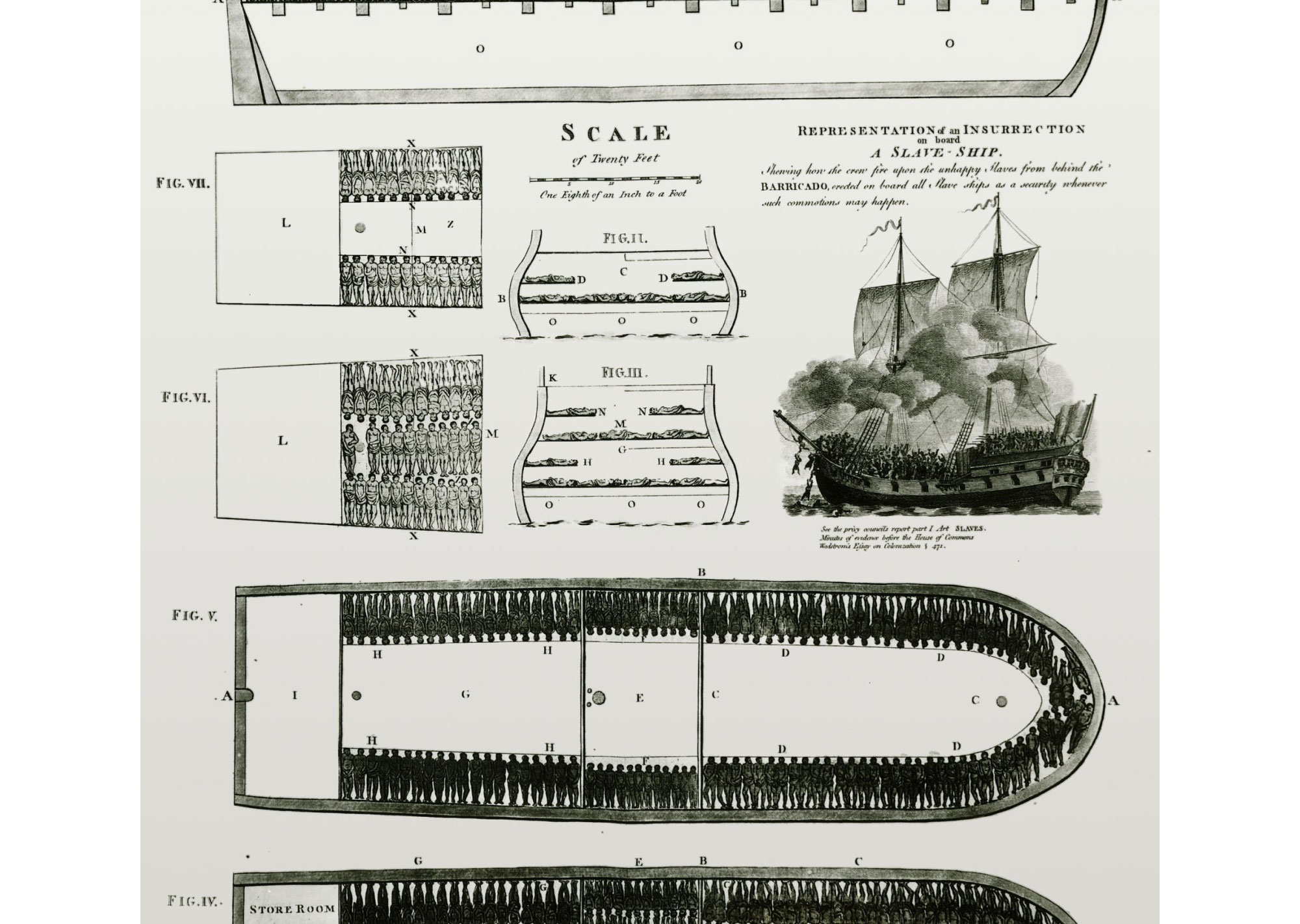
Poster two `Votes for Women`
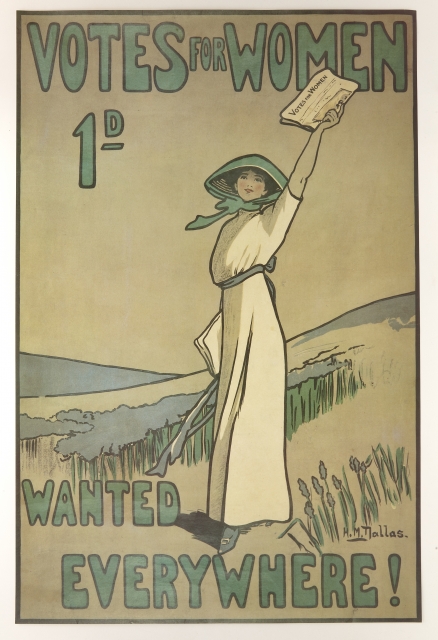
Poster three `Stop forced sterilization`

Poster four nazi's propaganda

Belgian Arthur Langerman collection
As designers, we have parallel language like authors. Similar to them, we designers make our creations with the purpose of communicating a specific message. We use visual elements to call for action although the graphic design is neither strictly visual nor verbal. It is a fusion of words and images that could change the world.
“Like the writer, a designer communicates by organizing meaningful relationships between otherwise disparate elements.”
~Max Bunism
Max Bruinsma wrote the article, ‘designers are authors’ in 2001. He highlighted the similarity between authors and designers in terms of their processes in creating context, searching data, and making sense of such data. Writing in visual language has the power to shape society and culture. He also pointed out that we act as cultural agents to carry the public’s voices and rights.
“Design creates culture. Culture shapes values. Values determine the future.”
~Robert L. Peters
Besides the connotative and denotative meanings of our designs, we have the ability to imply a ‘third meaning’ to our messages. Our own meaning to a design in order to communicate truth. The main purposes of our activities are to persuade, inform, entertain, and educate people about the basic issues in the community. This reminds me of a quote by Daniel Berrigan.
“The idea of using words with visual forms and just short passages is often a way to help awaken people to something they may not be aware of, rather than enclosing it in a book or making a speech about it.”
~Daniel Berrigan
As a post-multimedia generation, we have unlimited access to resources, tools, and inspiration from all around the globe. Therefore, using recognizable cultural icons in new ways can help manipulate the meaning, thus creating a greater impact. Memes are a great example of the new generation’s use of media. Memes are easier to make and share because of their inexpensiveness, cultural relevance, and humor. With today’s technologies, we as users have a very short attention span; therefore, memes are very effective because they are short and to the point. Although memes stir up conversation and poke fun at topics in our society, these memes don’t have new information. It has to be recognizable to be considered a meme. Anyone with a phone or computer and basic knowledge of technology is able to create them regardless of their aesthetics. So, are they considered as a part of graphic design? That is a question that needs further exploration.
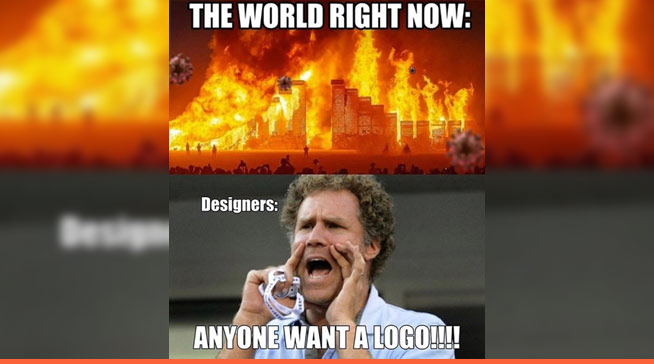
photo courtesy to Flux Academy
I spend countless hours scrolling on my Instagram feed to satisfy my curiosity and inspire my creativity. I like, save, and share designs that I think are original conceptually, and aesthetically. With time, I found my feeds are showing more and more of such designs. Although I find them pleasing to the eye, the core purpose of these designs is for commercial and consumerism uses. This is most likely because of the algorithms and filter effects, which are not the topic of this blog!

Photo by Ron Lach on Pexels.com
Commercialism is simply defined as the emphasis on maximizing financial profit which is valued above any other standard or consideration. Consumerism is defined as the desire for goods that are not essential, the aspiration for luxury. Consumerism taught our societies around the globe that an individual’s happiness depends primarily on acquiring goods and material possessions. Both commercialism and consumerism are inextricably intertwined. These attribute directly to the shrinkage of global resources, exploitation of people, increase in gas emissions, and environmental damage. Professor Stuart Walker talked about that in his lecture titled, ‘Radical Design for Sustainability‘ (video in the link). He talked about how to look deep into our designs and understand their environmental consequences and what social ramifications they can have!
“Earth provides enough to satisfy every man’s needs, but not every man’s greed.”
~Mahatma Gandhi
To highlight our responsibility with the explosive growth of global commercial culture, ‘First Things First Manifesto’ was created originally in 1964. 21 individuals signed the manifesto, pledging to use their skills in meaningful subjects and bring value to their designs. In 2000, that manifesto was updated to remind us of the previous message which was a call for a mind-shift away from product marketing into social issues. It was controversial. While some wanted to sign that manifesto, others found it hypocritic.
The manifesto pointed out that many designers work for commercial companies that use their talents to manipulate customers into consuming their products. This was demonstrated in most advertisements strategies at that time when women were used to ‘sell sex’ regardless of the harm that could cause. As an example of such ads, I’ve included two here. Ad number one below is an ad for tequila. The advertisers use women to sexualize the product in order to achieve bigger sales. Ad number two is from a condom company that shows only certain body parts of women and portrays them as sexual objects. ‘Killing Us Softly: Advertising’s Image of Women’ is a video that was published in 1979 by Jean Kilbourne. This video was dedicated to analyzing the effects of female imagery in advertising on women’s self-esteem and self-image (I advise you to watch it). Therefore, it’s important for us designers to take our responsibility for such designs in our work and repel it. The manifesto suggested that designers should focus their work on “worthy” subjects such as environment, society, and culture.
Ad one `Tequila!`
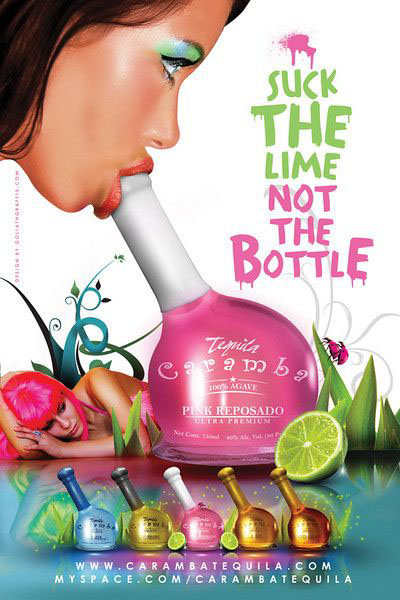
Ad two `Durex Condoms`

In opposition, others felt that the manifesto treated the public as malleable, empty vessels and displayed graphic designers as manipulators. The idea of abolishing commercialism was not feasible as these commercial companies have always “paid the bills”.
I personally think that it was essential to renew the manifesto because the world has changed greatly since 1964. Having the magical ability to simplify complex topics into visual designs, I should harness that for good cause (the ultimate dream work). We as designers have the ability to empathically connect with our surroundings. Combining that with our skill of problem-solving and design, I believe we could generate creative ideas for causing fundamental change to worldwide issues.
“Design is intelligence made visible."
~Alina Wheeler

Photo by Moose Photos on Pexels.com
On the other hand, I also believe that as designers we should understand that for meaningful changes to happen, it takes time. Any real changes are going to be agonizingly slow. The mind-set of us, mostly, is that we are racing to the deadline with our designs in order to start the next one. Yes, the design environment is fast-paced. However, we need to be patient and build resilience to see positive changes.

Photo by Julian V on Pexels.com
For us to take responsibility, we have to move away from our computer screens and socialize with others. For social, cultural, or environmental projects, we need to reach out to experts, activists, academics, policy-makers, community members, and entrepreneurs. We not only need to build a network, but we also need to include them in the process of design to reach our potential.
Thank you so much for reading such a long blog!